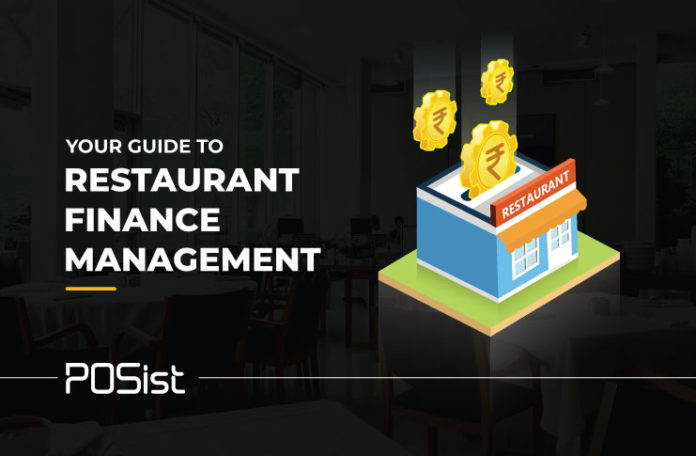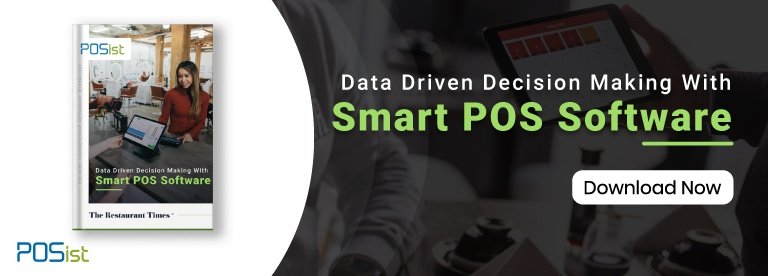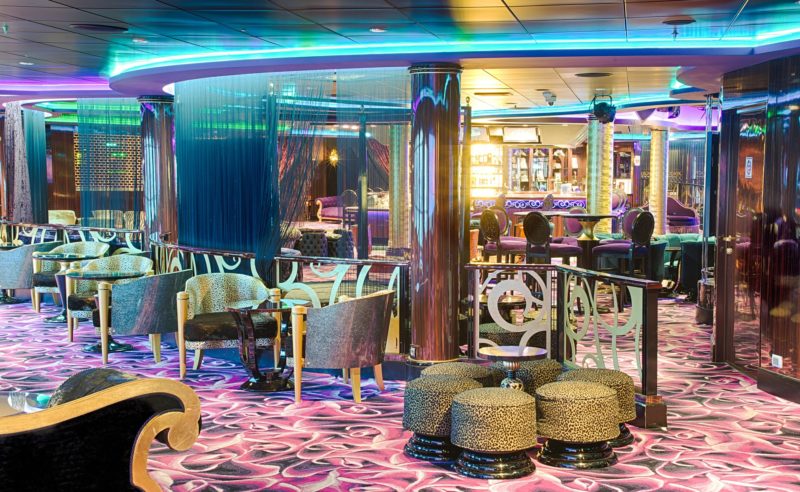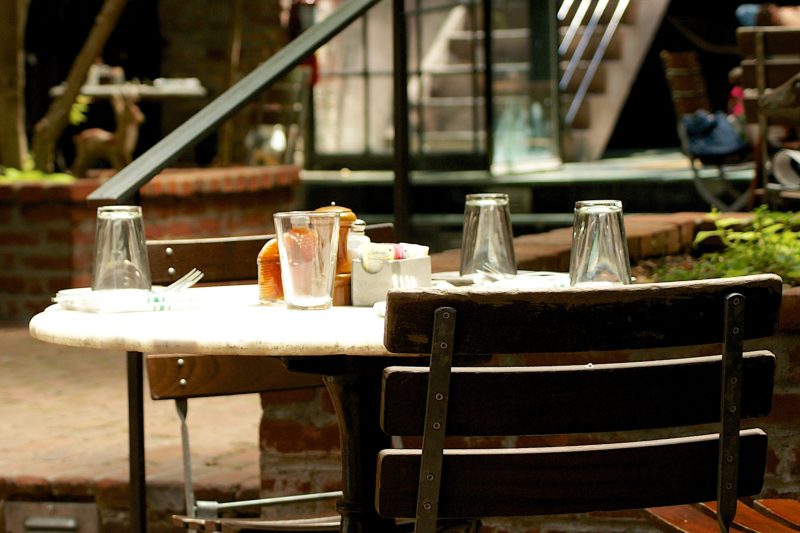More than half the restaurants that open fail in their first two years of service. This is a known fact in the restaurant industry and one of the main reasons the industry is so feared by new entrepreneurs. While it is true that the restaurant space is ruthless, there are still those who open up and not just survive the business but also lead the industry. What enables them to do it? While multiple factors contribute to the success of a restaurant, managing the restaurant finances the right way is a significant reason behind it.
Most restaurants lack an excellent financial management system. Usually, first-time restaurateurs are so focused on arranging the capital for opening a restaurant, that they forget about the working capital, that is, the money that would sustain the business, until the restaurant reaches its break-even and starts generating profit.
Breakeven Point Of Different Restaurant Formats
To understand and manage your restaurant finances, first, you need to understand the timing for it. The point where your expenses match your sales is called the restaurant break-even point. At this point, your profit in a monetary sense will be zero but reaching this point would mean that your business is running successfully enough to cover all your costs.
To achieve this point, you need to project enough costs in your business proposal before you start a restaurant. By computing your expected footfall with your average costs, you need to set aside a working capital in the planning stage itself before you open your restaurant. As for the duration for which long this amount should last, different restaurant formats reach their break-evens at different points.
- Quick Service Restaurant: The average time taken for a Quick Service Restaurant to reach the break-even point at a single store level is usually around 3-6 months. At a company level, where there are multiple outlets it is at least 2 years.
- Casual Dining Restaurant: The average time taken to reach the break-even point for a Casual Dining Restaurant is around is 18 months.
- Fine Dining Restaurant: A lot of investment is required to set up a Fine Dine Restaurant, even more so if you are serving alcohol. The average time taken for a Fine Dine Restaurant to reach the break-even and start bringing in profit is at least two years.
Now that you know the average break-even points of the restaurant industry and that you need to prepare a reserve for that, next comes actually managing and tracking the reserve and other finances so that you can smoothly reach break-even and compute profits as soon as they begin.
How To Manage Restaurant Finances
There are certain things you will have to do from the start in order to be able to track your finances. These include things like budgeting your expenses, preparing a cash flow statement, forecasting, and more. Here is what you must do to manage your restaurant finances.
1. Budget Your Expenses
The first and foremost step to managing finances is to budget them. You know your total fixed costs, your complete working costs and you know how much money you have and have accounted for how much you can make. Budget it all to avoid confusion and keep track of expenses. Budgeting will not just tell you what your assets and liabilities are, but will show you what your priorities are supposed to be when it comes to income generation and cash repayment.
2. Maintain A Cash Flow Statement
A cash flow statement will tell you how your daily activities are impacting the amount of cash and cash equivalents you have in your business. A cash flow statement will tell you precisely how much amount you have in hand and kind, how much is coming, and how much is going. This statement is the mirror of how your restaurant looks financially and maintaining it is the only way you can plan for the future and compute where you are standing at present. When a budget tells you how much to spend and not to spend and not what to spend, a cash flow statement will show you how much you are spending, where you are spending, and how much that is affecting your restaurant budget.
This article will tell you how to manage the cash flow of your restaurant.
3. Do Not Track Expenses From Multiple Sources
One of the biggest mistakes most restaurateurs make is to track expenses from different sources. Never do so! While both the sources may be accurate and true, this will only lead to confusion. Never try to track your expenses from both the cash flow statement and the passbook simultaneously. That is not how expenses are accounted for. A cash flow statement and a passbook are matched to reach the final amount but never can they be used in place of each other or simultaneously together.
4. Check Your Reports Daily
Get into a habit of managing your accounts daily. Doing so will give you a clear idea of what your daily sales and expenses look like. That way you can track if your restaurant is performing well enough or not. If there is a pattern that sales follow, look at what is it, what can you do to improve it and how can you better your sales- all these answers come from drawing a daily account.
This will not simply help you plan and project your sales but also cut down on unnecessary expenses. A quick look at the reports after the entire day is like looking at the report card and seeing how you can improve. This is the method to reach your break-even and beyond.
Find out how to keep your restaurant reports on your fingertips here.
Tips To Keep Your Restaurant Expenses Under Control
Now that you know how to account for your earnings, next is understanding ways in which you can and must cut down on your expenses. Remember your break-even will come as soon as your expenses match your earnings. At the same time, profits will be made when your revenue is greater than your expenses. To reach break-even and make profits, increasing your revenue is one way, the other is decreasing your expenses. Here is what you can do to keep your expenses in check that will help you manage your restaurant finances.
1. Keep The Labour Costs Under Control
While the staff is important and so is fair wages, keeping the labor cost in check is just as important. By this, we do not mean that you must not pay your staff enough, but that you must not overstaff your restaurant. When you overstaff your restaurant not only are there more wages going from your pocket, the productivity is less and you are also depriving your service staff of tips. The correct way is to employ only as many people as you need to reach the highest level of productivity and pay them a fair price for that.
Also, you must make sure that there is a proper system of shift management in check. Even if you are not overstaffed, because of poor shift management you may end up having to pay overtime to some employees even when it is not required. This will be an extra expense that could easily be avoided with a little management.
This article will you all you need to know about reducing the labor costs in your restaurant.
2. Do Not Run A Credit Bill
One of the worst restaurant finances mistakes most restaurateurs make is to run a high credit bill. When you buy ingredients on credit, yes you can actually get a cheaper deal, but at the same time, you can over-stock and lock your money. The worst part, when something like this happens most ingredients are perishable and if you have overstocked it means that sales will not be matched, so your credit bill just ended up costing you more. For the initial years, it is better to not run too high a credit bill and keep most of your payments cash.
3. Enforce Payment Deadlines
In the initial years, you must make sure that your credit bill is not too high. That being said, we know it is impossible to operate without some credit payments. To tackle this we suggest that you put payment deadlines on yourself before the creditor puts it on you. This way you will be taking care of immediate liabilities first, making sure that they do not turn into bigger issues later. Being quick with your payments will also establish your goodwill among your creditors and when you really need it, they will not mind-bending the deadlines and other rules for you.
4. Prepare For Known Expenses
When you are running a restaurant business, there are some expenses that are recurring and known to you. These include rent, labor, electricity, raw ingredients, etc. Always keep cash aside for meeting these running expenses first and preferably at the beginning itself. This way you will know how much cash you have to last the month without any of these fixed and working costs. Keeping resources aside for your working costs will also ensure that you always maintain a minimum balance to keep yourself afloat.
5. Control Your Food Costs
Food costs account for a major part of your overall restaurant expenses. While these are fixed, and you cannot really reduce them by much, you can very much keep them in control. Wastage is the biggest reason for high food costs, thus making proper stock and inventory management a crucial aspect of cost control. You should also consider optimizing your menu to ensure that you do not have any items that are not selling as much and only leading to escalated food costs.
Read in detail how to control your food costs here.
Learning how to manage restaurant finances is not something that can be learned in a day but something that you will yourself shape up and evolve into. Nonetheless, the above said ways of managing restaurant finances are the most basic techniques that you must practice and develop a habit of so that your restaurant can reach break-even as soon as possible.



















I m impressed of the writting!
Managing restaurant finances is a tedious task, there is always some or the other expenses that come your way. I am glad to have found this article. Great Work!
This is a very comprehensive article, with good insights and data. One of the most effective tools any restaurant has is the ability to track food and beverage sales on a daily basis. A daily business review, as this type of report is often called, allows for a place to build a history of the business.
Not managing restaurant finances from day 1 can be potentially fatal for a restaurant. Owners must set aside a working capital to sustain the business until the restaurant breaks even and starts being profitable.